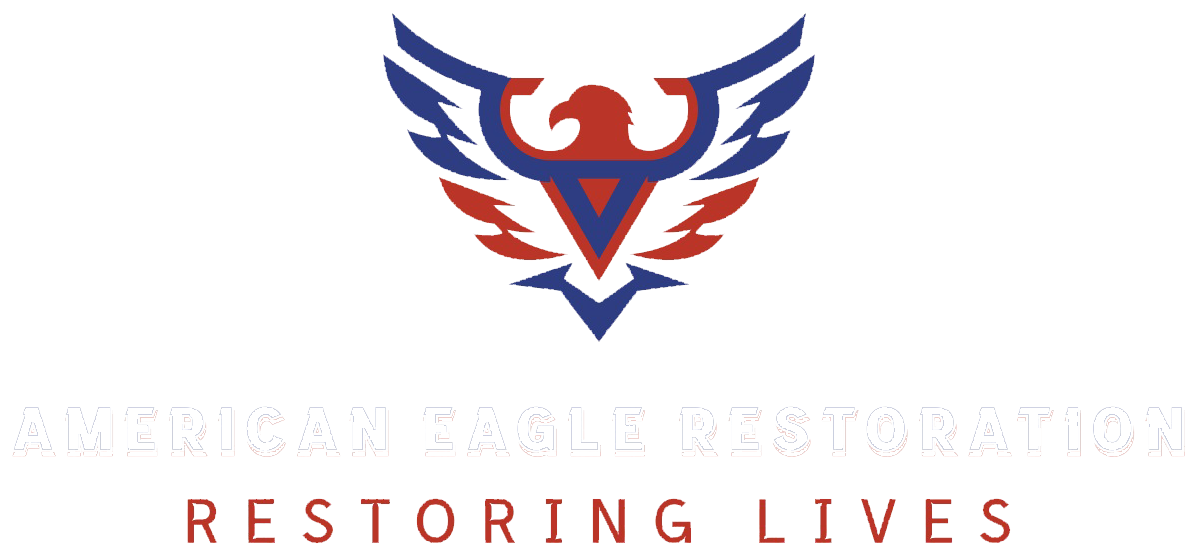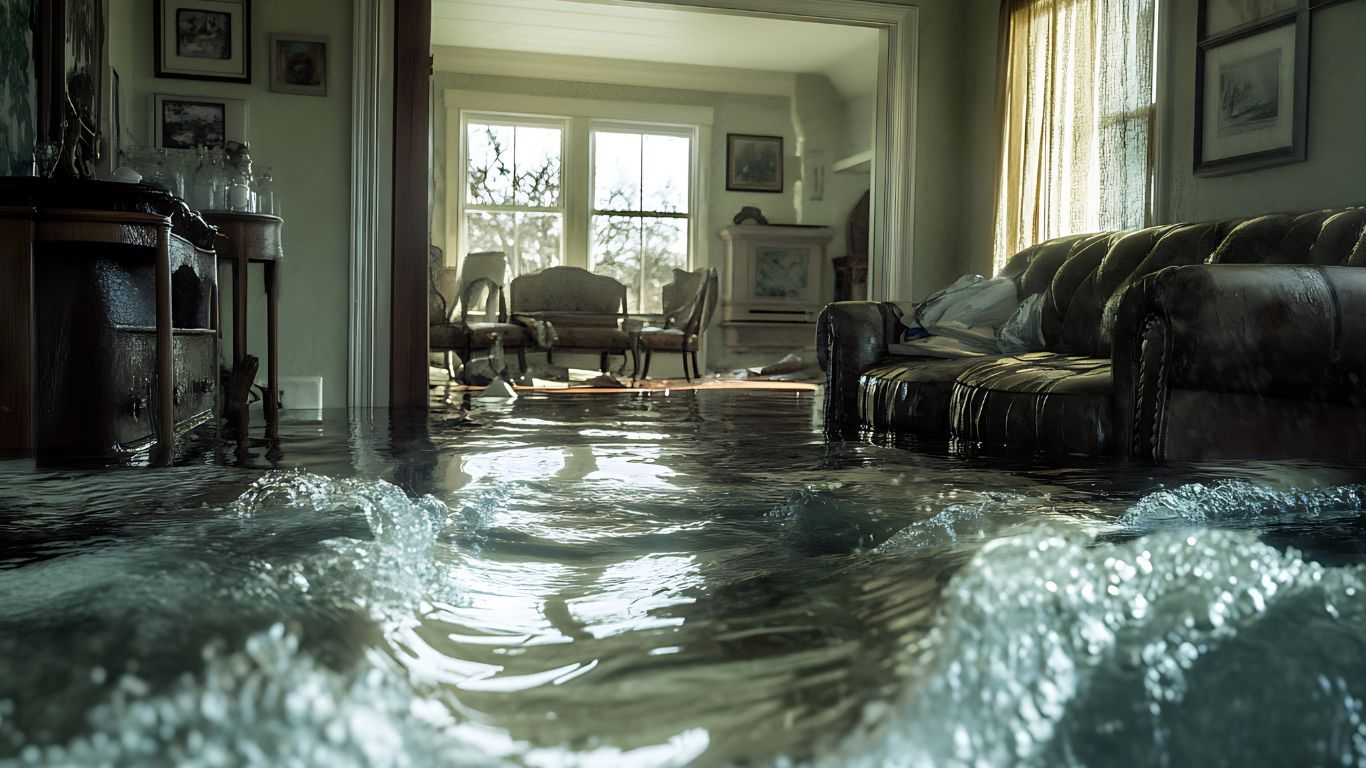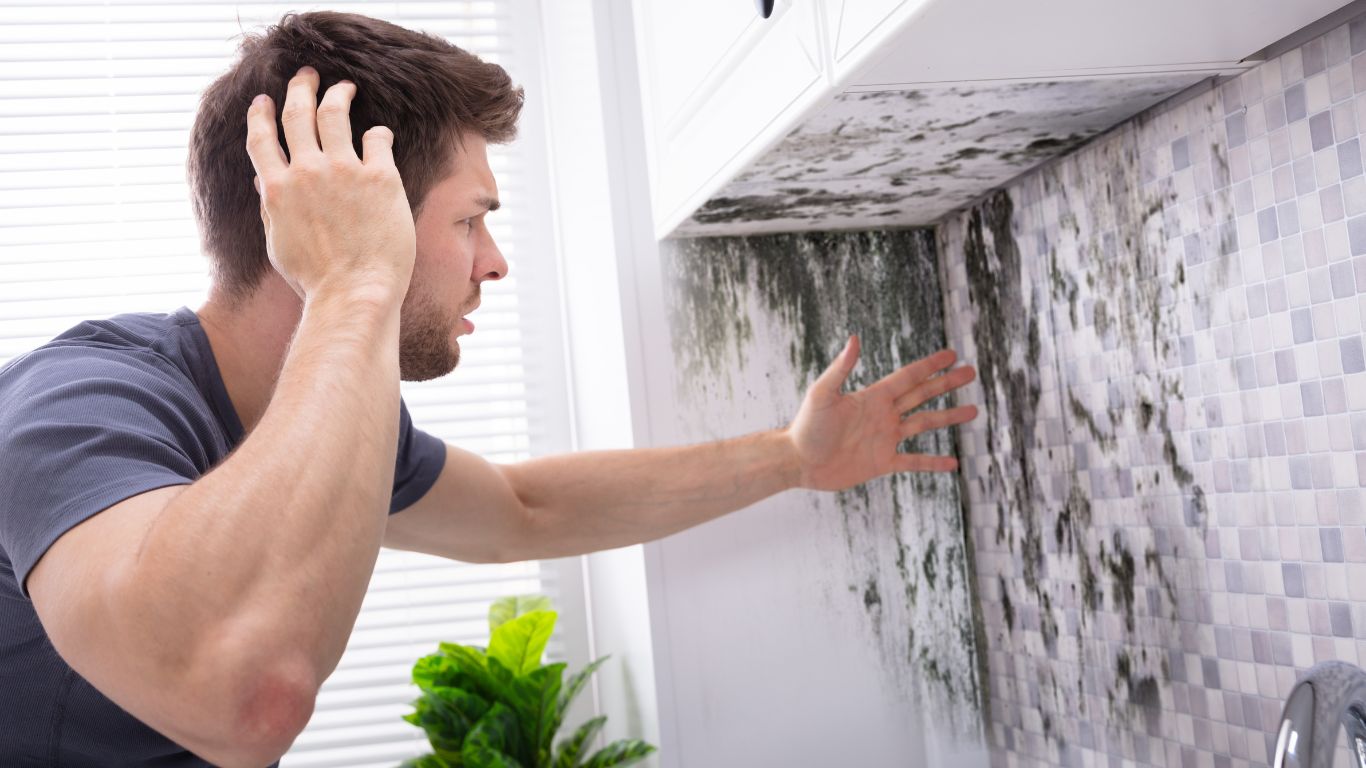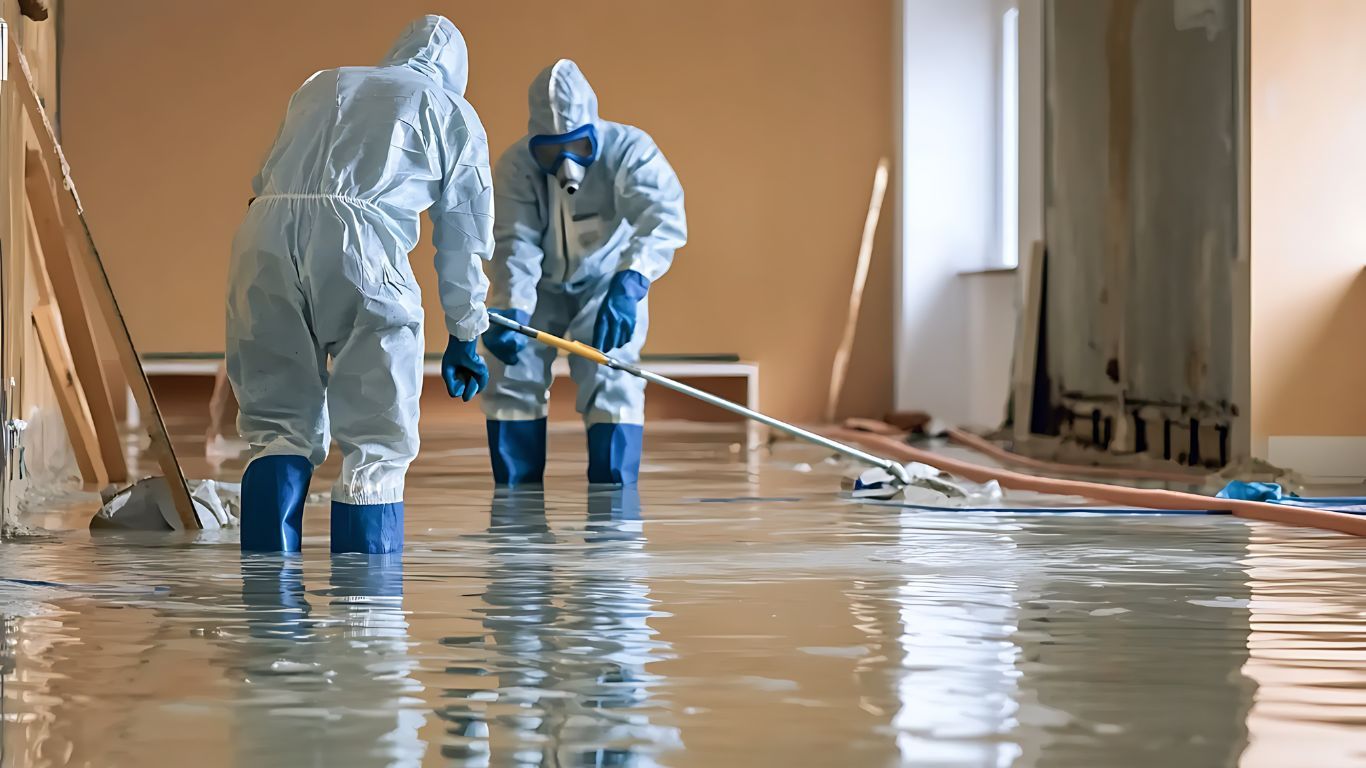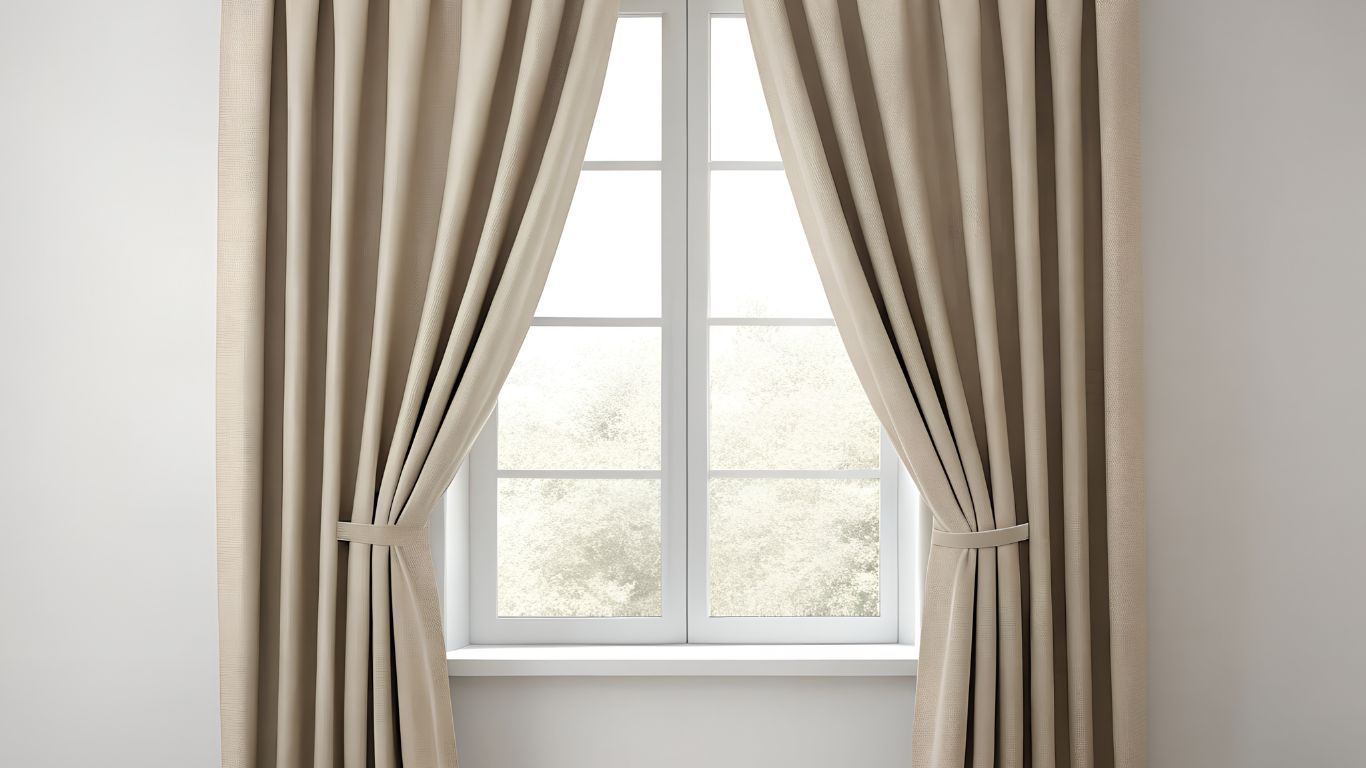— CONTACT US
LET'S TALK
Contact Us
Thank you for contacting us.
We will get back to you as soon as possible.
We will get back to you as soon as possible.
Oops, there was an error sending your message.
Please try again later.
Please try again later.
We specialize in restoring and revitalizing properties with expert craftsmanship, advanced techniques, and a customer-first approach.
Contact Info.
(516) 557-4474
Email [click here]
11 Drew Ct., Ste C, Ronkonkoma, NY 11779
QUICK LINKS
Services
Other Services
© 2025
All Rights Reserved | American Eagle Restoration

